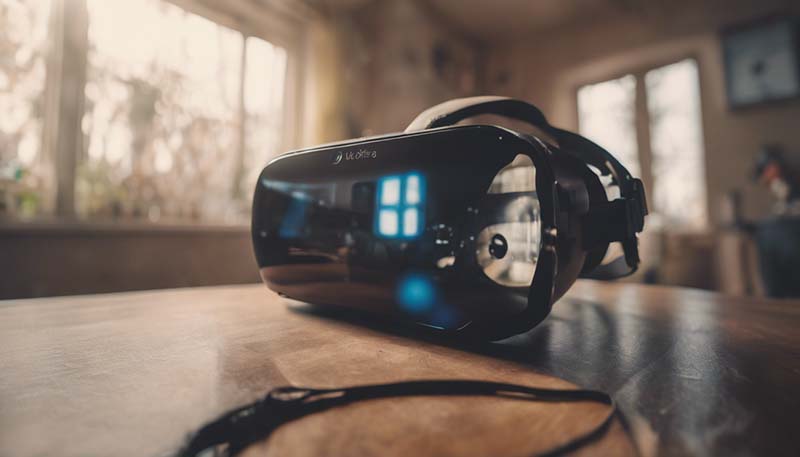The Impact of Virtual Reality on Global Health
Introduction
Virtual reality (VR) has been making waves in various industries,including gaming,entertainment,and education.However,its potential impact on global health is only beginning to be explored.This article delves into the ways in which VR can revolutionize healthcare,improve patient outcomes,and transform the medical field.
Pain Management
One of the most promising applications of VR in healthcare is pain management.Studies have shown that immersive VR experiences can effectively distract patients from their pain,reducing the need for opioids and other painkillers.VR has been used to help burn victims,cancer patients,and individuals recovering from surgery manage their pain.
Physical Rehabilitation
VR can also play a significant role in physical rehabilitation.By providing patients with engaging and interactive environments,VR can motivate patients to exercise and recover more quickly.For example,VR can be used to help stroke patients regain their motor skills,or to assist individuals with spinal cord injuries in regaining mobility.
Medical Training and Education
Virtual reality can transform medical education and training.Medical students can use VR simulations to practice surgical procedures,diagnose diseases,and understand complex medical concepts.VR can also be used to train healthcare professionals in high-stress situations,such as emergency response scenarios,without putting real patients at risk.
Mental Health Treatment
VR has the potential to revolutionize mental health treatment.It can be used to treat anxiety disorders,post-traumatic stress disorder (PTSD),and phobias by exposing patients to controlled,virtual environments that mimic real-life situations.VR can also be used to help individuals with autism spectrum disorder improve their social skills.
Remote Healthcare
Virtual reality can facilitate remote healthcare,allowing patients in rural or remote areas to access medical services without having to travel long distances.VR can be used for remote consultations,telemedicine,and even remote surgeries,where a surgeon can operate on a patient from a different location using VR and robotic technology.
Challenges and Limitations
While the potential of VR in healthcare is immense, there are also challenges and limitations to consider.These include the high cost of VR equipment,the need for specialized training to use VR technology,and concerns about the ethical implications of using VR in healthcare.Additionally,VR experiences can sometimes cause motion sickness or discomfort in users.
there are also challenges and limitations to consider.These include the high cost of VR equipment,the need for specialized training to use VR technology,and concerns about the ethical implications of using VR in healthcare.Additionally,VR experiences can sometimes cause motion sickness or discomfort in users.
Conclusion
Virtual reality has the potential to transform global health by improving patient outcomes,enhancing medical training and education,and facilitating remote healthcare.However,it is important to address the challenges and limitations associated with VR technology to ensure that it is used effectively and ethically in healthcare settings.
Comment